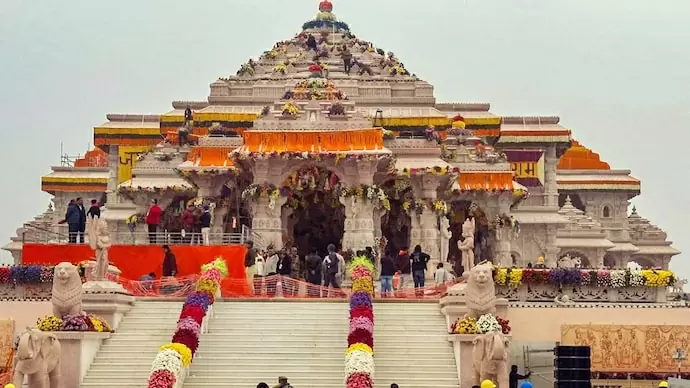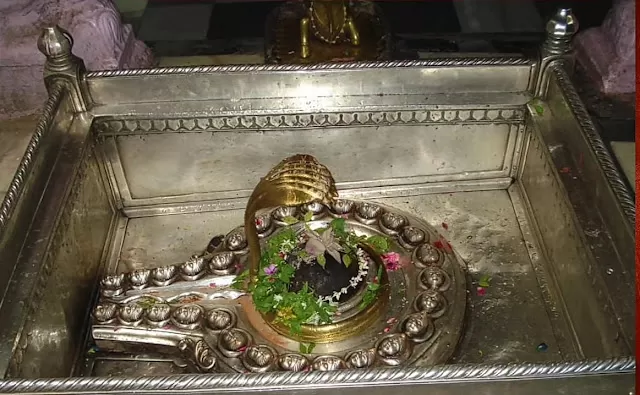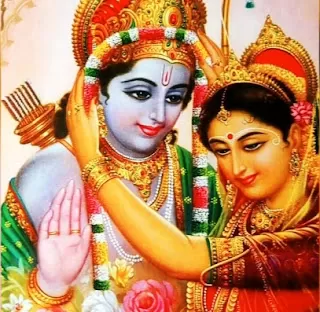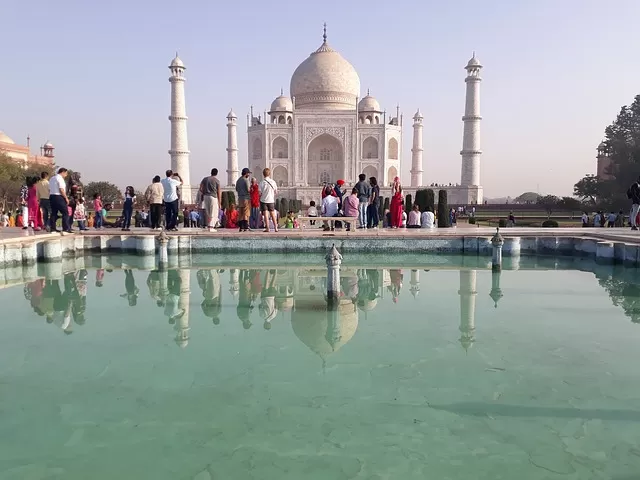Ram Temple in Ayodhya:
Table of Contents
Ayodhya, the city of Lord Ram, is very important for Hindus. Lord Ram was born here. Ram Temple in Ayodhya was inaugurated on January 2, 2024, marking the completion of a 200-year-old saga that deeply impacted India’s socio-political landscape.
Evidence of existence of Ram temple –
In August 2003, the archaeological department’s survey said that there were indications of a temple where the Babri Masjid was built. Evidence of the existence of a temple has been found from the symbols and pottery found on pillars and other remains buried under the ground. In this excavation, many walls, floors and two rows of pillar bases were found from 50 places located at equal distances. A Shiva temple was also visible.
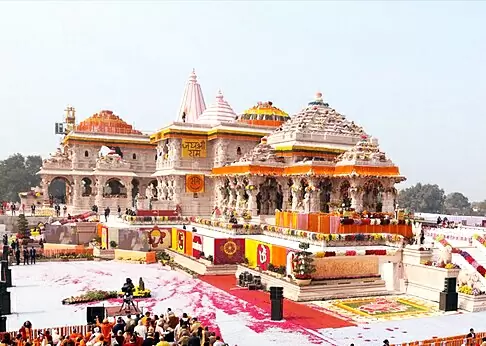
It is said that after Lord Shri Ram took water samadhi, Ayodhya had become desolate for some time, but the palace built on his birthplace was the same. Kush, son of Lord Shri Ram, once again rebuilt the capital Ayodhya. After this construction, its existence continued for the next 44 generations of Suryavansh till the last king, Maharaja Brihadbal. Kaushalraj Brihadbal died at the hands of Abhimanyu in the Mahabharata war. After the Mahabharata war, Ayodhya became desolate, but the existence of Shri Ram’s birthplace still continued.
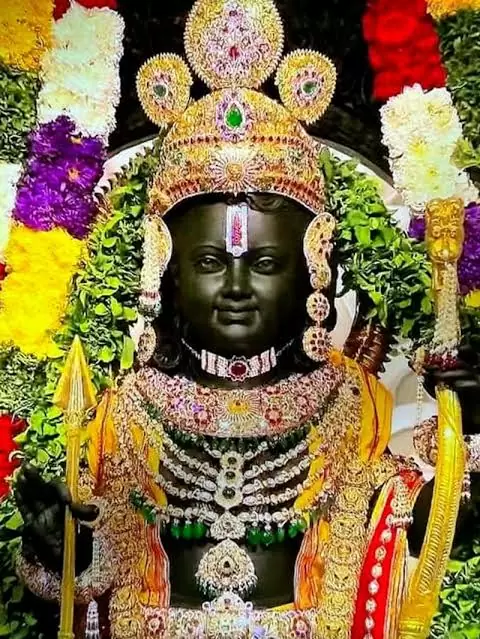
Who first built Ram Temple:
1- King Vikramaditya:
About 100 years before Christ, Chakravarti Emperor Vikramaditya of Ujjain reached Ayodhya one day while hunting. Vikramaditya started seeing some miracles in this land. Then he started searching and with the grace of nearby yogis and saints, he came to know that this was the land of Shri Ram’s Awadh. On the instructions of those saints, the emperor built a grand temple along with well, lake, palace etc. here. It is said that he had built a huge temple on 84 pillars of black colored Kasauti stone at Shri Ram Janmabhoomi.
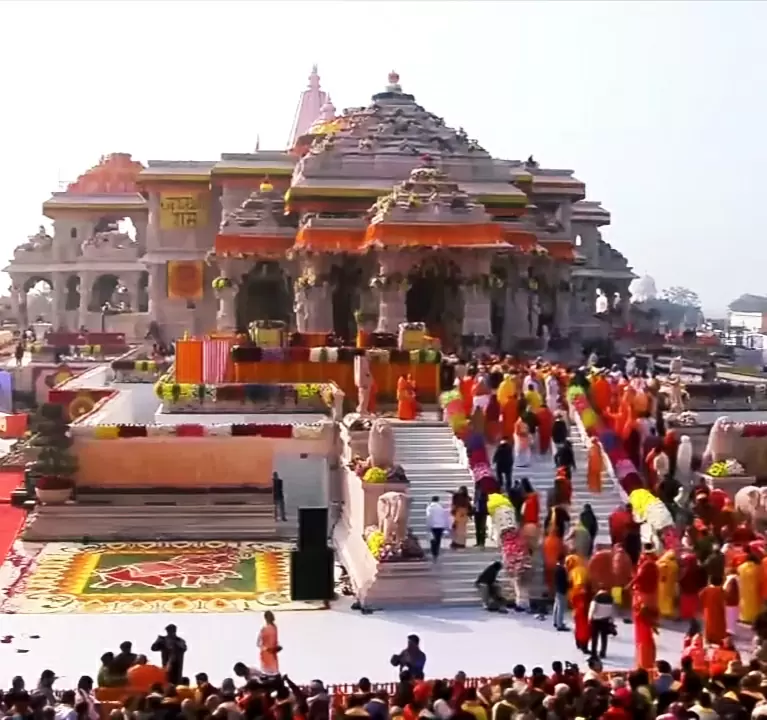
2 – Pushyamitra, the first ruler of the Sunga dynasty:
Kings after Vikramaditya took care of this temple from time to time. One of them, Pushyamitra Shunga, the first ruler of the Shunga dynasty, had also renovated the temple. An inscription of Pushyamitra was found from Ayodhya and there is a description of him performing two Ashwamedha Yagyas.
It is known from many inscriptions that Ayodhya was the capital of the Gupta Empire during the time of Gupta dynasty Chandragupta II and for a long time thereafter. The great poet of the Gupta period, Kalidas, has mentioned Ayodhya several times in Raghuvansh.
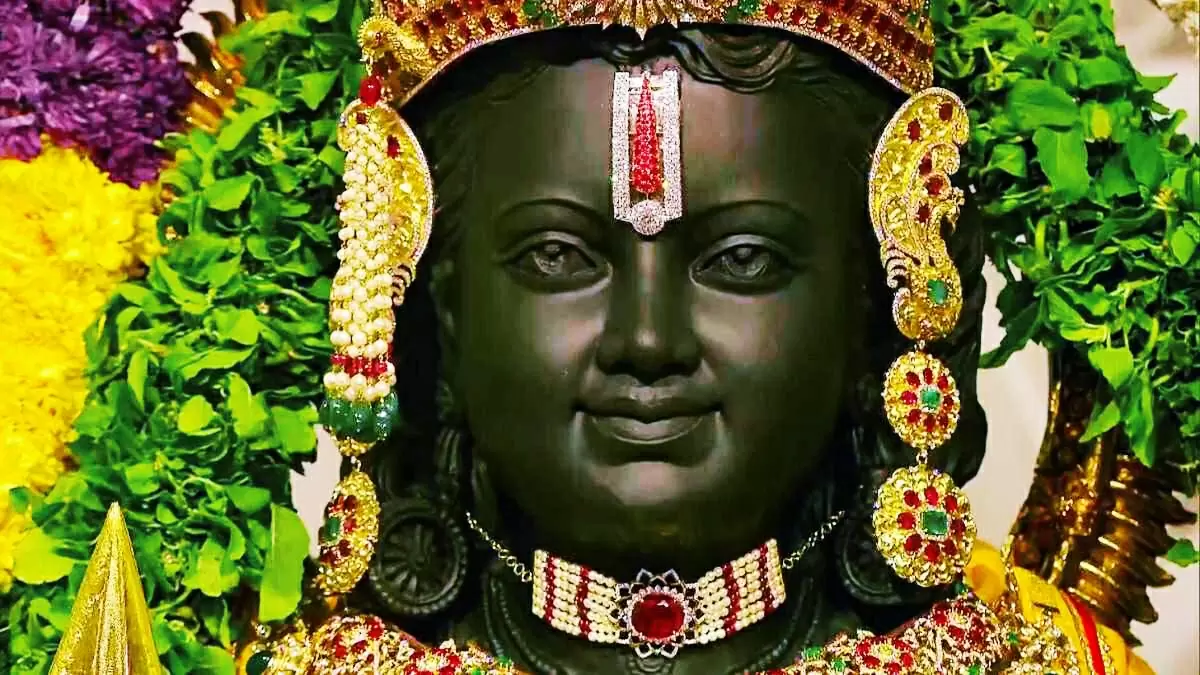
Start of demolition of Ram Temple:
1. King Jaichand of Kannauj:
After this, when King Jaichand of Kannauj came in the 11th century AD, he removed the inscription praising Emperor Vikramaditya and got his name written on the temple. Jaichand also met his end after the battle of Panipat.
After this, the attacks of invaders on India increased further. The invaders looted Kashi, Mathura as well as Ayodhya and continued the process of killing priests and breaking statues.
But they could not succeed in demolishing the Ram temple in Ayodhya till the 14th century. Despite various invasions, the grand temple built on the birthplace of Shri Ram survived till the 14th century, bearing all the storms.It is said that the temple existed here during the reign of Sikandar Lodi.
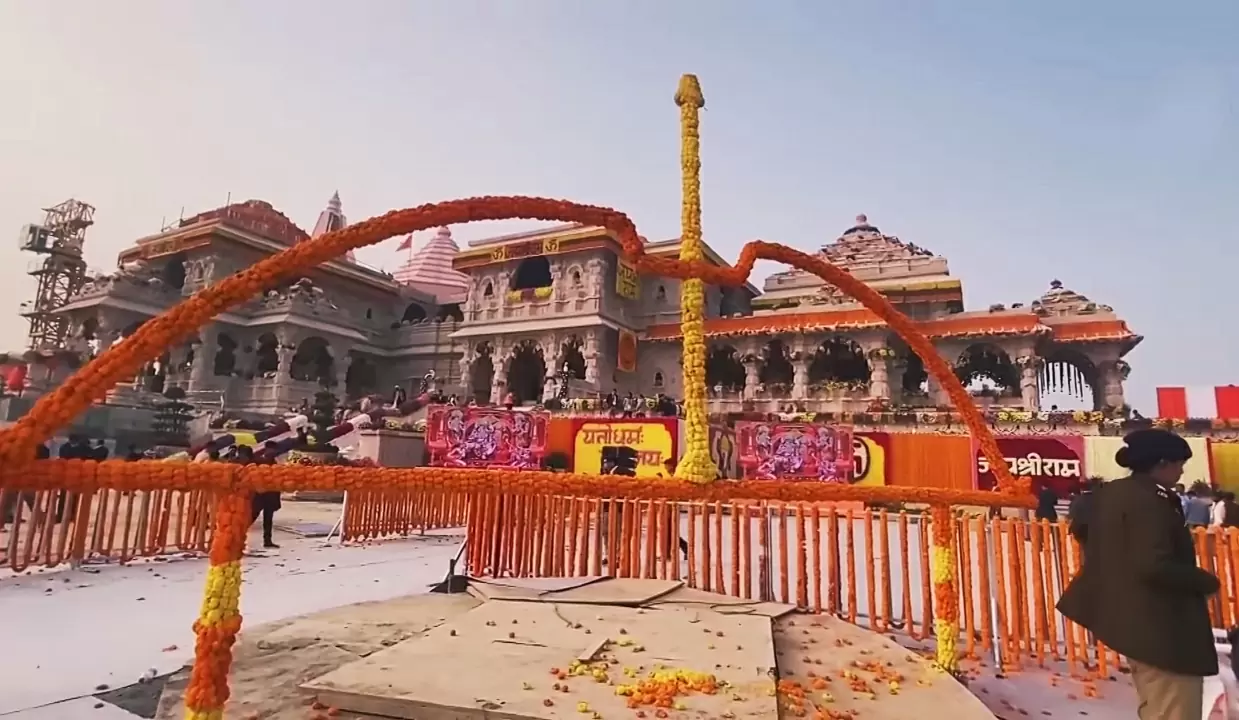
2. Babar, founder of the Mughal Empire:
Ultimately, in 1527-28, the grand temple located in Ayodhya was demolished and the Babri structure was erected in its place.
It is said that during the Bihar campaign, a general of Babar, the founder of the Mughal Empire, had demolished the ancient and grand temple located at the birthplace of Shri Ram in Ayodhya and built a mosque, which remained in existence till 1992.
According to Baburnama, during his visit to Ayodhya in 1528, Babar had ordered the construction of the mosque. In 1528, Babar’s commander Mirbaki demolished the temple located at Ram Janmabhoomi in Ayodhya and built Babri Masjid.A
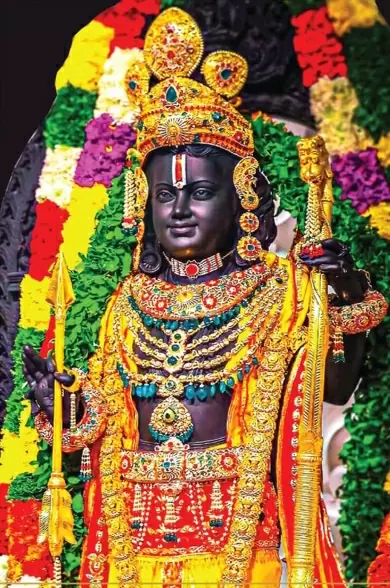
Beginning of construction of Ram Temple again:
For the first time in the year 1885, a petition was filed in the court by a member of Nirmohi Akhara that there is a platform in the mosque, which is the symbol of Ram Janmabhoomi and a Ram temple should be built here. Earlier, Hindus had tried many times through different means to prove that the mosque is the birthplace of their Lord Shri Ram and earlier there was a grand temple there, which was demolished and a mosque was built there. Well, the court had refused to build a temple on this platform saying that both the mosque and the platform are adjacent and the faith of two different religions is associated with it. Due to fear of Hindu-Muslim conflicts, a temple was not allowed to be built here. This fight did not end and time kept passing.
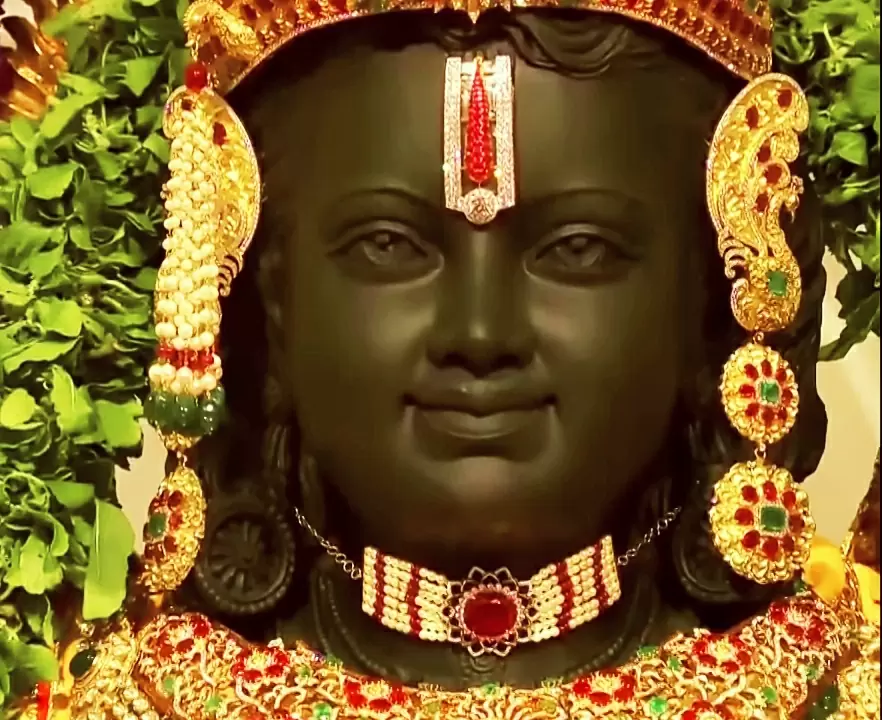
In the year 1948, suddenly the idol of Shri Ram Ji was found inside the structure of the mosque and Hindus said that the Lord himself has appeared here and this is the birthplace of Shri Ram Ji.
Kept worshiping his Shri Ram on a platform adjacent to the mosque. This platform was under a dome in the outer structure of the mosque. The idol that descended from the platform continued to be worshiped there for many years.
Demolition of Babri Masjid:
On December 6, 1992, a mob demolished the Babri Masjid, leading to political consequences and legal proceedings.
In 1993, Parliament passed the Acquisition of Certain Area in Ayodhya Act, allowing the government to acquire the disputed Ram Janmabhoomi-Babri Masjid land.
Allahabad High Court’s decision:
In 2010, a special bench of the Allahabad High Court, in its Ayodhya title suit verdict, divided the land in the ratio of 2:1, with two-thirds of the 2.77 acres, including the site where the Ram Lalla statue stands, going to Ram Lalla. It should be given to the Trust and the place of Ram Chabutra should be given to Nirmohi Akhara. One-third of the land should be given to Sunni Waqf Board.
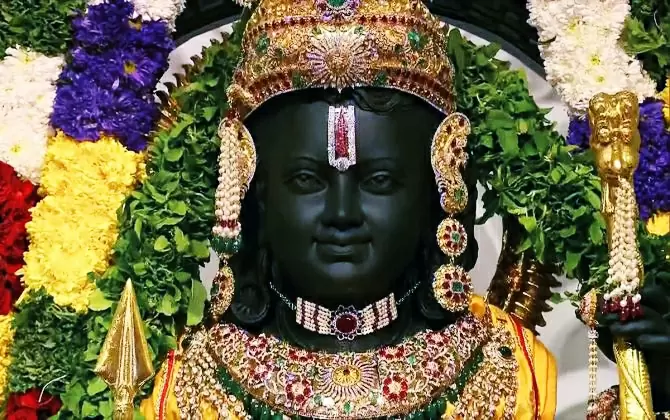
Supreme Court’s decision:
The legal proceedings continued and in 2019, the Supreme Court awarded the entire disputed land to the Hindu petitioners for the Ram temple and allotted land elsewhere for the mosque.
Inauguration of Ram Temple:
This historic visit culminated on August 5, 2020, when the Prime Minister of India laid the foundation stone of the Ram Temple, establishing the Shri Ram Janmabhoomi Teerth Kshetra Trust.
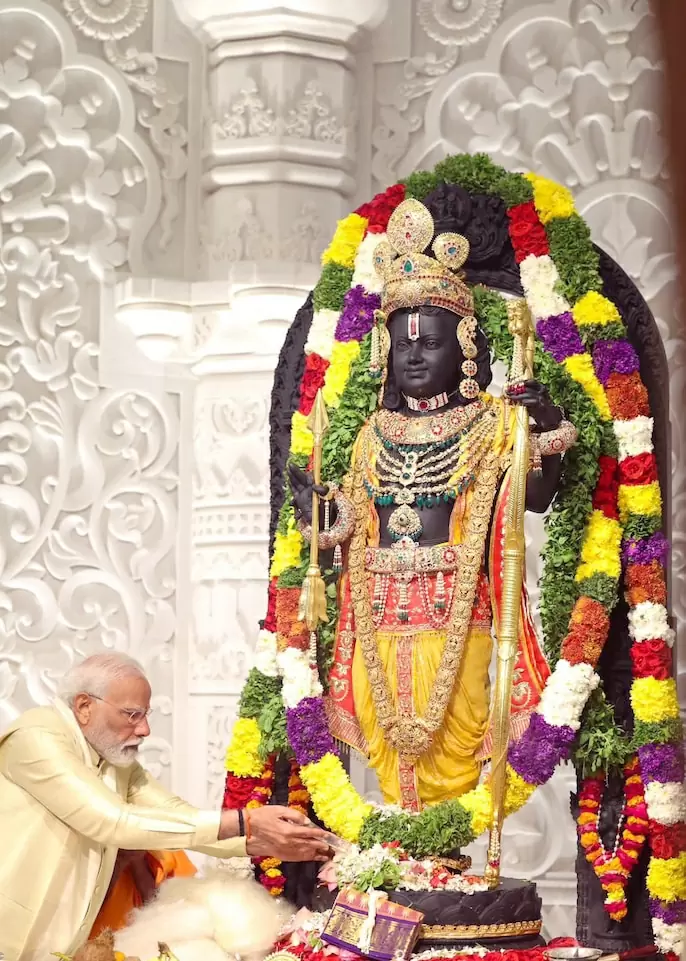
On January 22, 2024, the Ram Temple in Ayodhya was inaugurated, marking the completion of the 200-year-old saga that deeply impacted India’s socio-political landscape.
On January 22, 2024, the statue of Shri Ram in the child form was consecrated in the Ramlala temple being built in Ayodhya. But Ramlala has been on the land of Ayodhya since Treta Yuga. Of course, at present a grand temple has been built in Ayodhya, but Ram ji has been worshiped in Ayodhya for years.
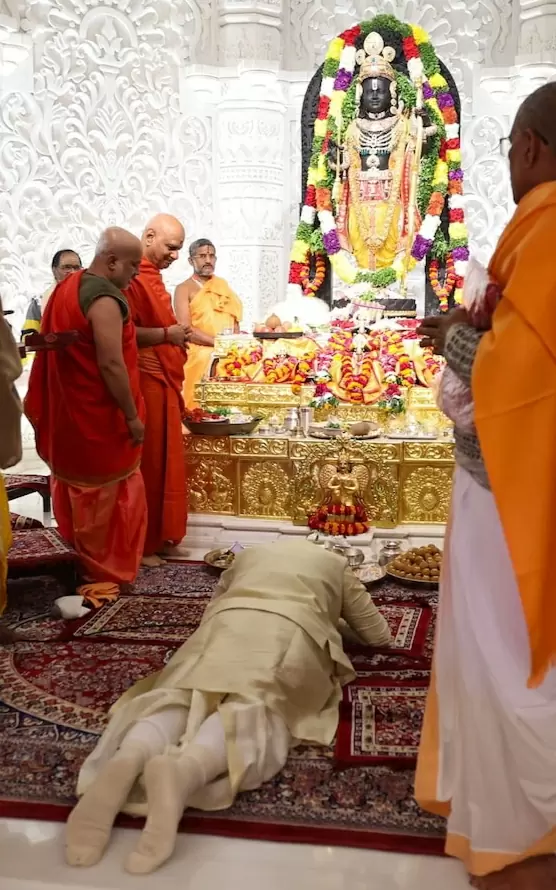
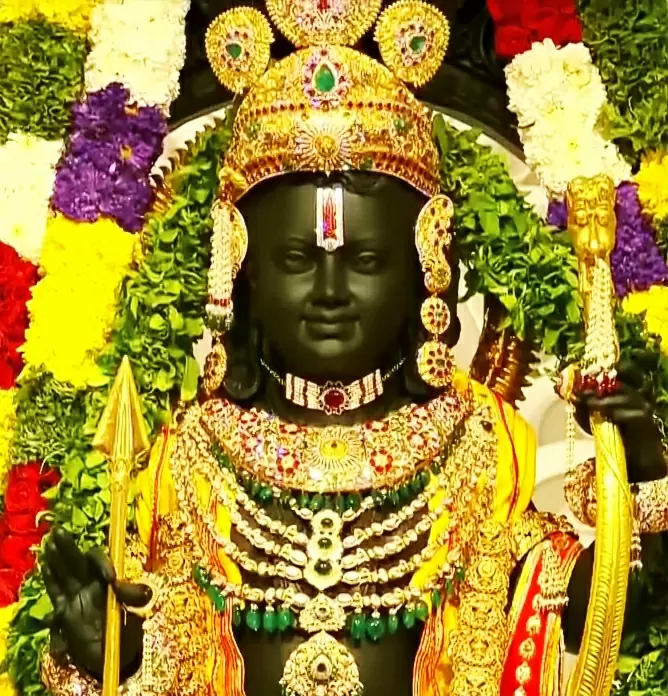
Frenquetly Asked Questions
Q. 1: When did Ram ji come to Ayodhya?
Ans:
7089 years ago, on 4 December 5076 BC, Ram had killed Ravana. Stopping at different places, he returned to Ayodhya on the 29th day, on 2 January 5075 BC.
Q. 2: For how many years did Lord Ram rule in Ayodhya?
Ans:
According to Ramayana, Lord Rama started his fourteen years of exile at the age of about 27 years. At the time of the war with Ravana, his age is considered to be between 38 to 40. Ram ji returned to Ayodhya at the age of 41 and ruled for 11,000 years, but this can only be estimated.
Q. 3: What is the real name of Ayodhya?
Ans:
During the Ramayana period, the city of Ayodhya used to be the capital of Kosala kingdom. According to the website of Ayodhya Municipal Corporation, the old name of Ayodhya was Saket Nagar. Ayodhya was also known as Ayodhya.
Q. 4: How old was Ram at the time of his death?
Ans:
He went inside the Saryu river and took the incarnation of Lord Vishnu. In this way Shri Ram left his human body and went to Vaikuntha Dham.
According to Hindu mythology and Ramayana, Lord Rama is believed to have lived for about 11,000 years. He was born in Treta Yuga, an ancient era mentioned in Hindu scriptures.
Q. 5: What was there before Ram temple?
Ans:
Hindus believe that Shri Ram was born in Ayodhya and there was a grand temple at his birthplace, which was demolished by the Mughal invader Babar and a mosque was built there. Under the leadership of Rashtriya Swayamsevak Sangh and Bharatiya Janata Party, there was a long movement to free this place and build a new temple there.
Q. 6: What is the evidence of existence of Ramayana?
Ans:
You can see the existence of a bridge between Palk Strait and Gulf of Mannar which develops a short link between India and Sri Lanka. This link between the Palk Strait and the Gulf of Mannar is called Ram Setu or Adams Bridge. Archaeologist also says that this is a man-made bridge of Ramayana period.
Q. 7: How much gold is used in Ram temple?
Ans:
According to a report in DeshGujarat, he has sent 101 rupees of gold for the 14 gold plated doors installed in the Ram temple. It is believed that this is the biggest donation received by Ram Janmabhoomi Trust. Gold is being used to polish the doors, sanctum sanctorum, trident, damru and pillars of the Ram Janmabhoomi temple.
